You are viewing our site as an Agent, Switch Your View:
Agent | Broker Reset Filters to Default Back to ListFrom the Quill to the Stylus: 7 Historical Moments that Led up to National ESIGN Day
June 29 2017
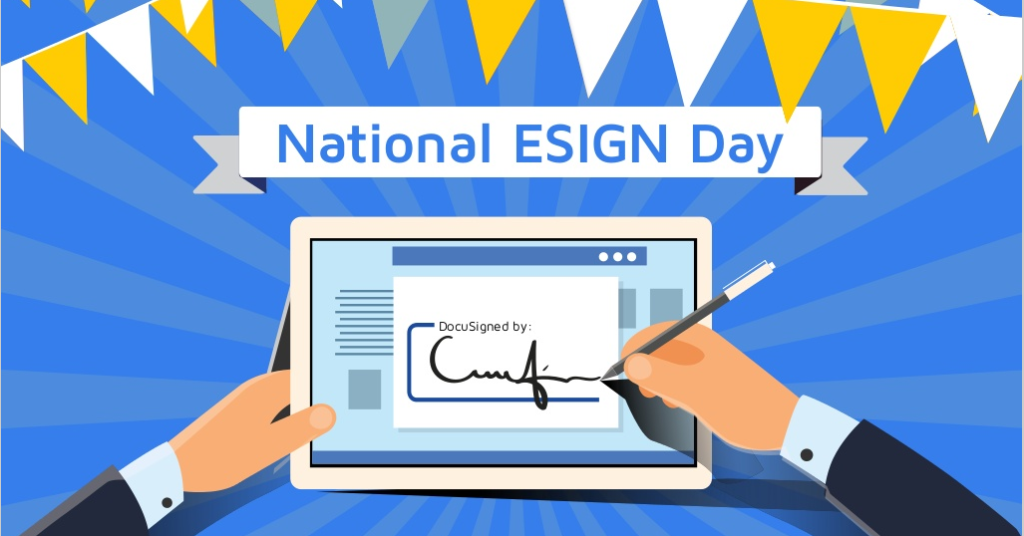
Just three years before the launch of DocuSign in 2003, electronic signatures and online contracts gained legal acceptance. Ten years later, we celebrated the very first National ESIGN Day.
As we gear up for our seventh annual observance of this special holiday, we figure there's no better time to look at some of the key moments in the history of the signing that helped the signature evolve throughout millennia — all the way up to the very first National ESIGN Day in 2000.
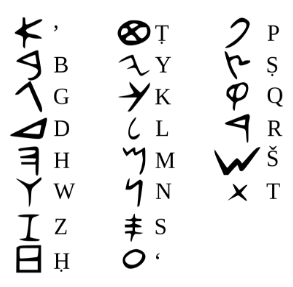
1800-1200 BC: The First Alphabet
While pictographs had been in use since 3000 BC, the Phoenicians developed the first letter-based alphabet, which contained 22 consonants and no vowels. This was later adapted by the Greeks and revised to include vowels.

1069: The First Signature
The first known autograph is written on a Sumerian clay table from 3100 BC by the scribe Gar.Ama. The first signature from a well-known historical figure dates back to 1098, and belongs to Spanish nobleman and military leader Rodrigo Díaz de Vivar, more commonly known as El Cid.
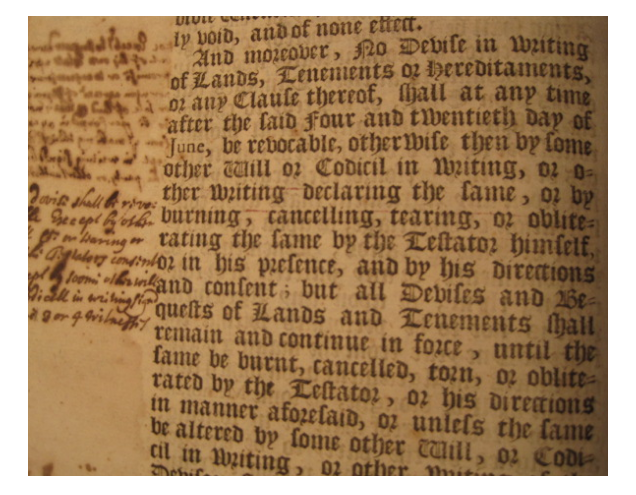
1600s: Widespread Use
By the 1600s, signatures written on paper had become commonplace. In 1677, The Statute of Frauds was passed by the Parliament of England, determining that certain contracts must include a signature for them to be legally valid.
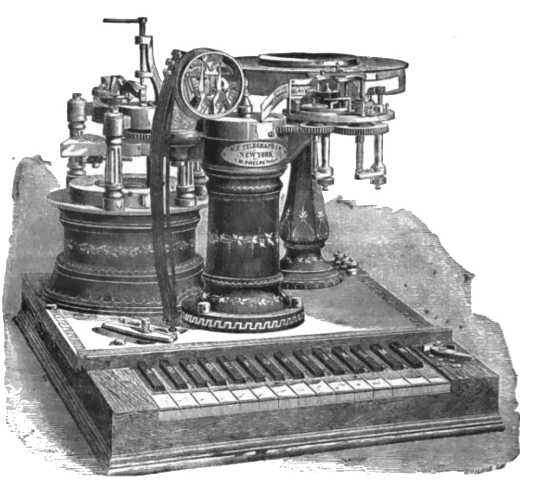
1869: The Telegraph
Signatures sent via telegraph became legally accepted.
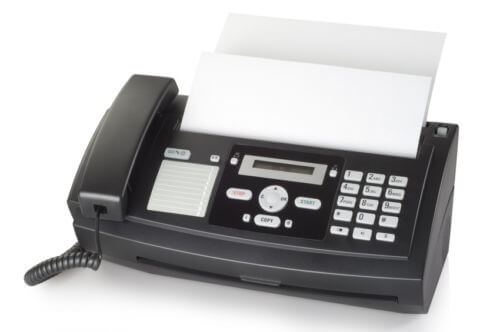
1980: The Rise of the Fax Machine
We playfully poke fun at the fax machine here at DocuSign, but for several decades it was considered a popular and efficient method of sending documents with legally enforceable signatures. While the fax machine was invented in the mid 19th century, its heydey was most certainly in the 1980s. Of course, by the turn of the century many of us carried no small amount of resentment towards the machine — and at the dawn of the digital age it began to take a beating — figuratively, literally, and perhaps most infamously in Office Space. (We feel your pain Peter, Samir, and Michael...)
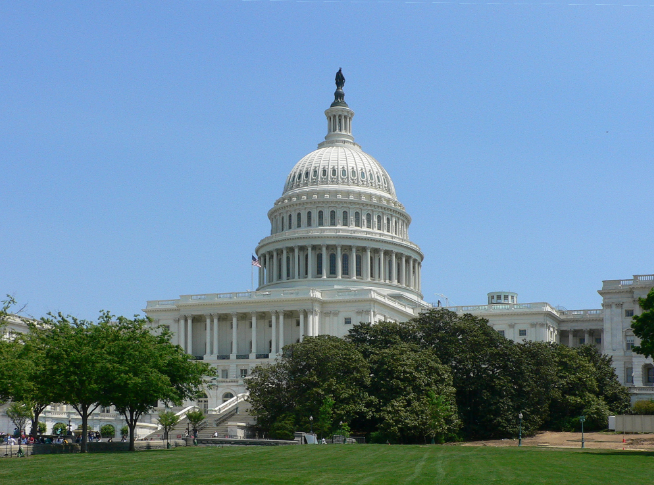
2000: ESign Act
In 2000, the Electronic Signatures in Global and National Commerce Act was signed into law by President Clinton and passed by Congress. The law ensures the legally binding power and validity of eSignatures.
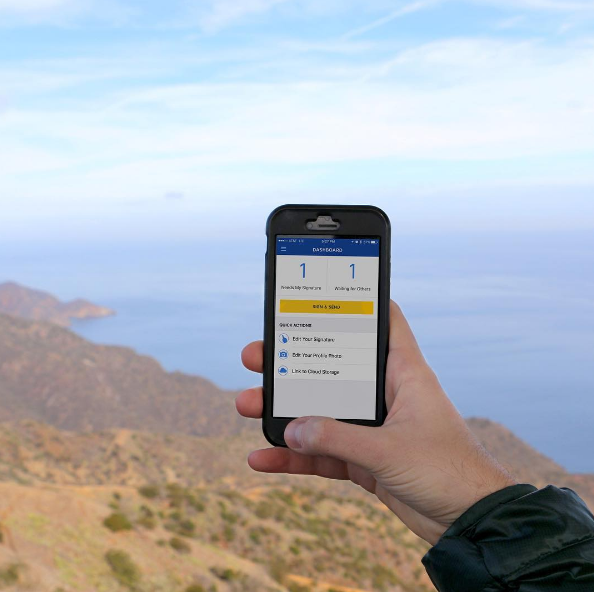
2003 – Present: National ESIGN Day, DocuSign, and the Digital Age
2003 brought the rise of the digital signature with the founding of DocuSign. Today, more than 100 million users in 188 countries complete 62 percent of documents within one hour using DocuSign – including many of today's incoming freshmen who are DocuSigning to join the college team of their dreams.
All these historical facts beg the question: What's next for the signature? While only time will tell, we've created the following infographic to show just how much momentum the eSignature has gathered. We anticipate it will only continue to accelerate as we continue on on the Digital Age — and for many National ESIGN Days to come.

Happy National ESIGN Day!
To view the original article, visit the DocuSign blog.









